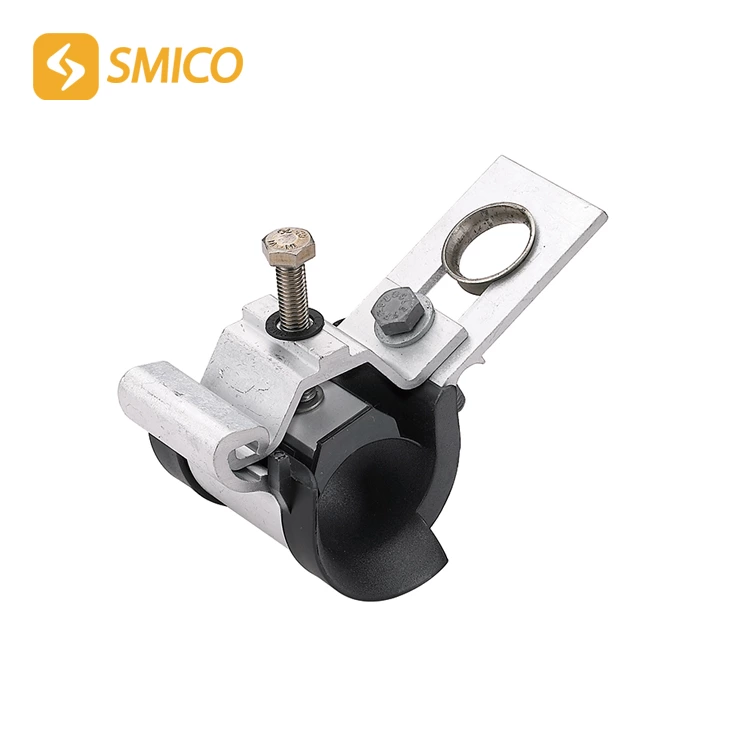How To Keep The Horizontal Stress Of Each Level Of The Suspension Clamp The Same
Continuous tilting, also known as continuous uphill and downhill, is a common problem encountered when stringing in mountainous terrain. During stringing, the conductor and ground wire are first suspended in a pulley. After completion, they are moved to the cable suspension clamp.
When stringing in continuous uphill and downhill terrain, due to the large relative height difference between the hanging points, the tension difference between the front and rear sides of the pay-out pulley causes the conductor to slide downhill, increasing the sag of the downhill section while reducing the horizontal stress. The horizontal stress of the uphill section gradually increases while the sag decreases, causing the aerial cable suspension clamps string to tilt noticeably uphill. Due to the significant variation in horizontal stress between sections, sag can no longer be observed based on the original design stress during line tightening. When installing angle suspension clamp, the distance between harga suspension clamp must be calculated and adjusted. This ensures that after messenger suspension clamp is installed, the horizontal stress of suspension clamp with i hook is consistent and the sag is consistent with the design value.

